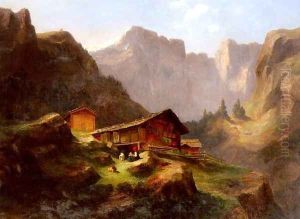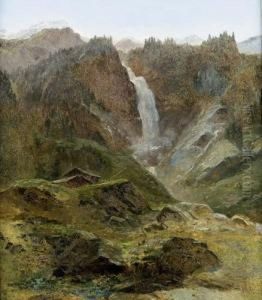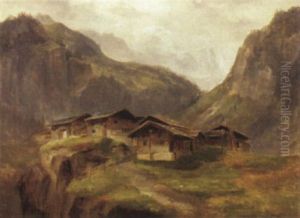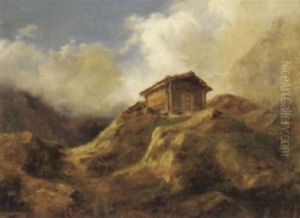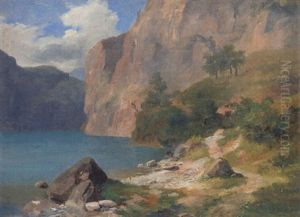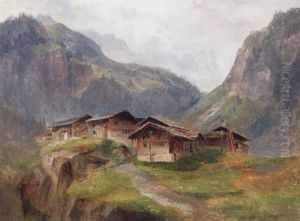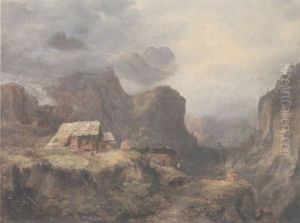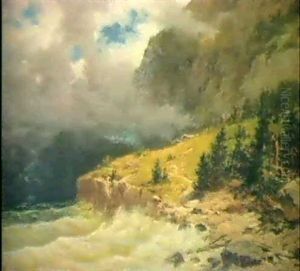Jost Anton Muheim Paintings
Jost Anton Muheim was a Swiss painter, primarily known for his work in the Rococo style, which was prevalent in Europe during the 18th century. Born in 1707, Muheim's contributions to art history, particularly within Switzerland, have been recognized for their intricate detail and vibrant expression of the Rococo aesthetic. Though not as widely known internationally as some of his contemporaries, Muheim's work reflects the broader trends of his time, blending ornate elegance with the emerging sensibilities of the Enlightenment.
Muheim's artistic career was largely centered around religious and portrait painting, which was typical for the period. His works are characterized by their elaborate use of color and light, capturing the essence of the Rococo movement's fascination with beauty, grace, and gentility. In the context of Swiss art, Muheim was part of a movement that sought to balance traditional themes with the evolving tastes of the 18th century. This period was marked by a transition from the grandeur of Baroque art to the more playful and decorative aspects of Rococo.
Despite the limited information on specific works or milestones in Muheim's career, it is clear that his contributions were significant in the proliferation of Rococo art within Switzerland. His ability to adapt and infuse local artistic traditions with the broader European trends of his time is noteworthy. Muheim's death in 1785 marked the end of an era that was on the cusp of radical changes with the onset of Neoclassicism and the forthcoming challenges of the modern era.
Muheim's legacy, while perhaps overshadowed by more prominent figures in art history, remains an important part of the Swiss contribution to the Rococo movement. His work encapsulates the elegance and transient beauty that the Rococo style sought to embody, serving as a testament to the rich cultural tapestry of 18th century Europe. Through his paintings, Jost Anton Muheim has left a lasting impression on the artistic heritage of Switzerland, illustrating the country's vibrant engagement with the major artistic movements of the time.
